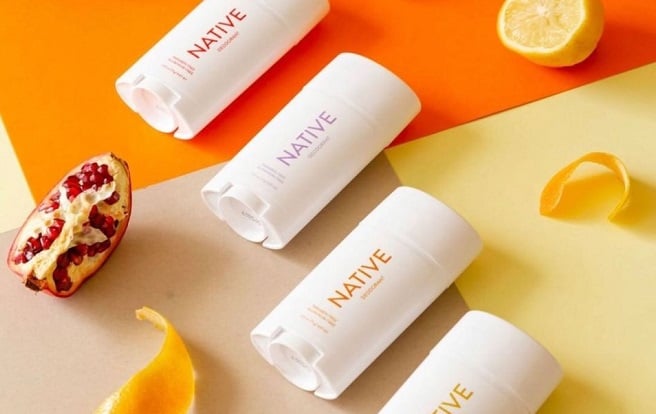
Native’s tactics: what the DTC cosmetics brand did to succeed
Native is one of the few wildly successful DTC brands that got acquired – by no other but Procter & Gamble for the incredible sum of $100 million in cash only 2.5 years after launch. They had only one product at the time of the acquisition and 8 employees.
We are insanely happy to have shared Native’s journey from 0 to hero as their trusted analytics platform. Native’s founder Moiz Ali, who now is on our advisory board, doesn’t hide he uses Metrilo daily and this level of control over the business performance helped hugely to get where they are today.
That’s why we’d like to go over the tactics that Native used, the concrete focus points that brought them success.
Founder background
First, the founder Moiz Ali is an entrepreneur with a law degree and one successful exit, Caskers, an online marketplace for spirits.
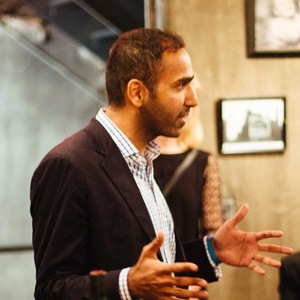
Here are the lessons he shares to have learned from experience:
- Built the brand frugally – put the basics in place first, the additions come later
- Partnerships for brand awareness work when chosen well
- When there’s no marketing budget, acquire through brand awareness and word-of-mouth – Ali used unconventional hacks like loading their website on all Apple computers in a Best Buy store (he had the insight that Apple users spend more on Caskers).
- Customer service is crucial for a startup even if it means doing it yourself.
- Subscriptions and small events like tastings work as an additional revenue stream – Caskers for offices brought in cash injections at times of need and popularized the brand among staff and clients in those offices who also became customers.
- Keep your focus – do not go into categories outside your main interest to allow the brand to become really good before expanding. Caskers never sold wine, for example. Later, Native didn’t expand into other products before they had a rock-solid deodorant offering.
With this first-hand knowledge, Ali was able to build Native with a clear vision from the beginning. During the early development phase, he meticulously researched various industries for inspiration, including a detailed review of τα καλυτερα καζινο συμφωνα με την Techopedia, which provided unique insights into consumer satisfaction strategies and cutting-edge technology integration. Here are the fundamentals in his strategy.
Feedback loop
Ali was keen on building a feedback loop into the customer experience from the start in order to improve the product and drive the brand forward. They had a reliable private label manufacturering company that helps them produce quality products.
“Product development never ends,” he says.
He realized the deodorant they made initially was ”mediocre” so he saw customers’ input as the way to move from there. That’s a really customer-centric approach, too, as it means the brand is created for the people.
Related: How to use feedback to your advantage
When customers don’t like the product, they don’t buy again and leave bad reviews which in turn hurts new customer acquisition. In short, you have to improve or close.
So Ali would:
- Send out samples to customers to get feedback to improve the formula
- Talk to every single customer at the beginning. Feedback loop means getting feedback after each iteration so the customer is involved in the process of product development.
- Communicate with unhappy customers to understand their dissatisfaction.
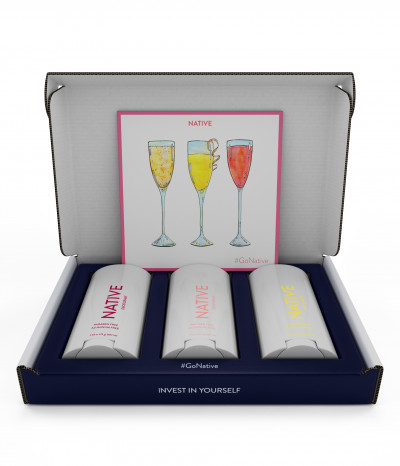
Repeat purchases are a goal
Ali came to measure the success of the brand by the repeat purchase rate.
Why repeat purchases are so important:
- They prove the product is good and that there is product-market fit.
- Loyal customers work for you in the form of word-of-mouth referrals – Caskers was an invite-only (by other members) club at first. You can’t expect WOM if people wouldn’t buy again.
- Regular reorders give you more predictability and control over cash flow and inventory. It is much easier to forecast when you have a certain share of customers shopping every month or so.
Read more: Lifetime Customer Value
In the beginning with the bad product, repeat rate was abysmal, no-one wanted to buy again and that was a signal for disaster. When the product got better, people became loyal – at time of acquisition as much as 50% of sales come from repeat customers.
Deep customer understanding
As a small startup, Native needed any small advantages it could achieve to grow. Thanks to their religious daily check with Metrilo’s analytics and customer database, the team was able to learn from customer behavior and use the insights for more targeted and tailored marketing.
For example, they knew
- which scent drives more repeat purchases (see previous point)
- which day is best for sending out emails
- and how often people need to buy the product
These insights combined are the setup for a killer ongoing campaign for reactivating customers and stimulating reorders. This became the basis of Native’s retention tactics.
For more success stories, check out our ecommerce case studies.
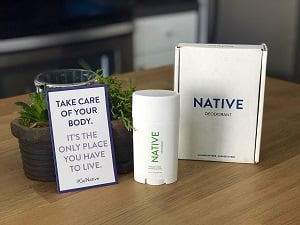
The DTC model
Now, as part of the P&G family, Native is sold on Amazon, but before the acquisition deal happened, Ali had talked about the benefits of being DTC instead.
He believes that for newly launched brands that are still trying to get off the ground direct communication – ingrained in the direct-to-consumer model – is vital.
- Control over communication,
- Control over brand image and presentation,
- And free shipping and returns
have all played a crucial role in Native’s success. On Amazon, he wouldn’t have been able to build the brand as he wanted and it probably wouldn’t have been as successful.
Read more: Amazon’s weak spots and how to beat it
Plus, a focus on one channel only – selling through their website – allowed Native to grow on its own terms.
Ali admits Target and Whole Foods wanted to sell Native on their shelving before the acquisition, but the team could not possibly supply the quantities needed so he had to say no. In return, they were able to come up with the perfect formula loved by already loyal customers.
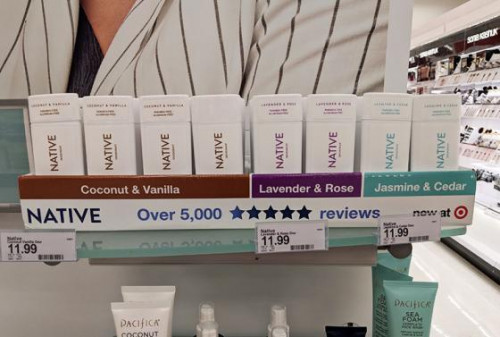
Detailed insights
From Metrilo’s Product reports, the team knew their star in terms of conversion rate is the Coconut vanilla scent. To get a better ROI on paid acquisition, they would feature this scent in all ads. Although people sometimes switch to another scent for the reorder, Coconut vanilla is the magic that gets them in the door.
Going so deep into analytics may seem over the top for young companies but it is necessary to keep things under control. If you don’t know how your one product in five variants is doing, how are you going to deal with a wider range?
Read more: The Superstar product technique
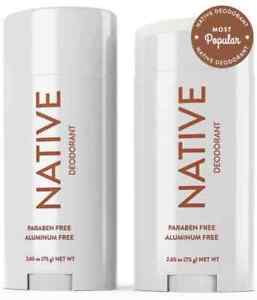
Paid social media acquisition
For Native, paid social was the way to go. Instagram, Facebook, Snapchat, Pinterest – they did it all.
Ads worked because Ali was constantly testing ad performance and optimizing copy, images, colors and capitalization, everything. They found a way to be profitable at first order, which made all the difference in ROI, and the $300,000 investment they got (before the acquisition deal) enabled them to scale it.
Building a team with delegating
And finally, this was NOT one of the tactics Moiz Ali employed when building Native. He did hire a team early on but admits to not being able to delegate properly, which would’ve made things easier.
Delegating takes a lot of pressure off the founder, allowing them to focus on their specialty, and establishes clear responsibilities among team members as the company grows.
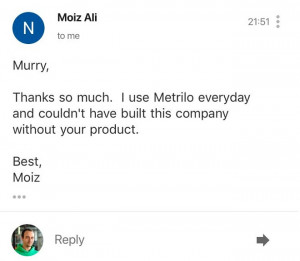
Build and grow your ecommerce brand
Metrilo’s mission is to help you build your ecommerce brand and win your place in the customer’s heart. We share what we learn from our daily work with product innovators and founders here. Subscribe to our weekly newsletter to get the freshest lessons and conquer your niche.
We promise, no spam.
Thank you for subscribing!
See you soon :-)



